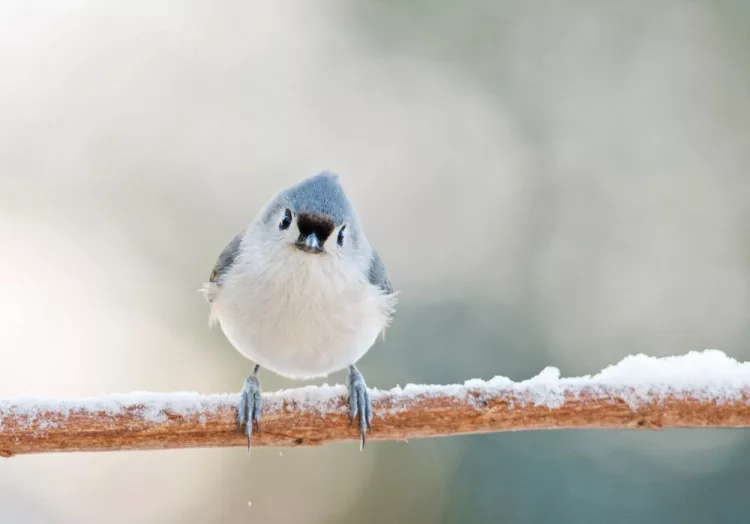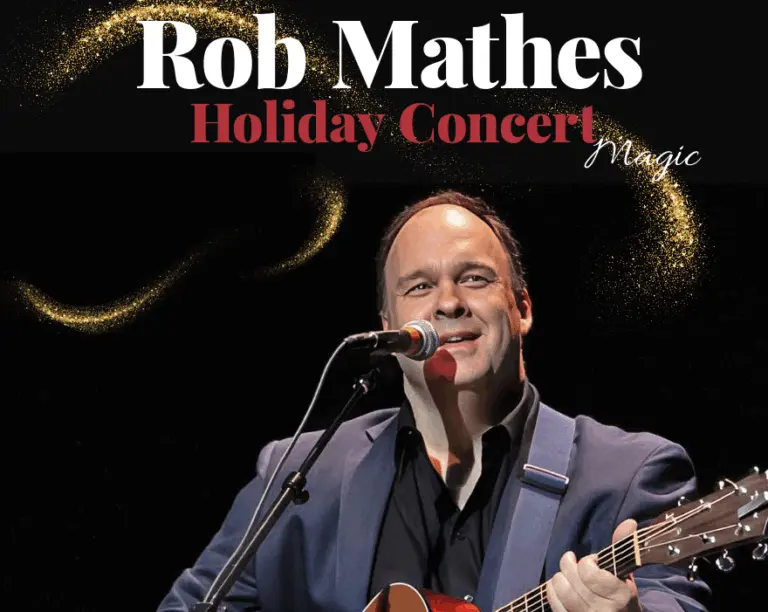
By Josey Gardner
If you’re a passionate, outdoorsy person who’s ever stepped out your front door during a bleak February day just to be attacked by a freezing wind that seems to stab your very brain and ice on the ground that brings you to your knees (or the seat of your pants in the middle of the driveway), and thought to yourself, “wow, maybe I actually hate being outside,” then what follows is for you. First off, a little bit of validation for you: winter can indeed be awful. It seems like the only brand of outdoorsy person that thrives in winter is the one involved in winter sports–skiing, snowboarding, ice skating, and the like. But what about those of us who like the outdoors, but don’t do a winter sport? What can we do during these long months–just suffer in cold silence? Hopefully not–the light at the end of the winter outdoor recreation tunnel has one ray that is our favorite, and that is birding. Birding is here for the outdoorsy folks during every season, and every hour of the day. For our birder experts and our birder beginners, here are the Greenwich Audubon Center’s top 5 tips for birding in the winter.
1. Know the birds in your area
While it’s true some birds migrate away during the winter, it’s also true that some birds migrate to us during the winter. Birds that have spent the summer months in the forests of Canada and the northernmost regions move south as well, and some of those species end up here in New England. This includes species such as waterfowl, some raptors, finches, sparrows, and others. Some species of birds don’t migrate at all, such as woodpeckers, owls, cardinals, corvids, and even a portion of our robin population. The birds that you can find in Southwestern Connecticut during the winter are plentiful. Knowing what birds live in your area is the first step to winter birding. Staff at the Greenwich Audubon Center, as well as the guidebooks in their gift shop, can help beginners learn about the birds in their area, as well as Cornell University’s Lab of Ornithology online website.
2. Thoughtfully Choose Your Location
You need to know what type of environment the birds you’re looking for prefer–some birds prefer woodlands and forests, some birds are beginning to adapt to urban areas, and some birds prefer coasts, marshes, or open water. If you’re hoping to spot a bald eagle and you go to your city center, then you’ve set yourself up for failure. Bald Eagles, ducks, and other waterfowl can best be spotted along the Long Island Sound and other open water access points, including Greenwich Harbor and Grass Island Park. Year round songbirds such as cardinals, sparrows, and robins can be found in woodlands and forests, including parks in city centers, and the Audubon Centers and sanctuaries across Connecticut, such as the Greenwich Audubon Center, the Sharon Audubon Center, and the Bent of the River Audubon Center. Upon arrival at the location you choose, keep an eye out for plants that serve as food and shelter. Shrubs such as Winterberry that provide food during the winter will attract birds, and conifers that don’t lose their leaves and can provide more coverage and shelter will also attract birds.
3. Plan Around the Weather
One thing that birds and humans have in common is that neither of us wants to be out in a storm–so check the weather on the day of your birding outing. If there’s going to be bad weather, not only could it be dangerous for you to go for a walk in the woods, you probably won’t see any birds either. They will be hiding out in their homes, just as you should be. Knowing the forecast also tells you how to dress so that you are adequately prepared to go birding. Wear the appropriate clothing and gear, including ice traction cleats for shoes, and gloves if conditions call for it. Remember that you have less daylight hours available to you in the winter as the sun sets earlier, and adjust by planning birding excursions earlier in the day. Except for a few species, most birds are up when the sun is up–the earlier you can get out there, the better.

4. Make Your Home a Winter Haven
When you can’t get out to see the birds (whether it’s because a storm is raging, or because your house is comfy and you just don’t want to leave), you can help the birds come to you instead. If you have a yard, or even a front porch or balcony, there are things you can do to make your home a winter haven for birds. In limited space, the best thing to do is put up a feeder. When you put up a feeder, remember to completely empty it and clean it about once every other week. This helps prevent the spread of diseases among birds, and prevents bird seed from going bad. Providing either a bird bath or a small bowl of water with the feeder is also recommended. You can also put up a birdhouse–shelter during the winter is extremely valuable to birds, and they will use what they can find. If you already have a birdhouse, make sure to clean it at the start of winter. Emptying any nests built during the summer is the best way to maintain your birdhouse so it can welcome more birds. Birdhouses aren’t the only shelter that birds use–if you have a yard, then creating a brush pile, and also raking leaves into a pile under other bushes and shrubs, provides shelter for birds such as sparrows. If you have a larger space available to you, planting native shrubs is very beneficial to birds. Shrubs such as Winterberry, Bayberry, and American Holly that provide food during the winter are invaluable to birds. Lastly, if you’re going to be attracting birds to your house or apartment, remember to make your windows bird-collision-proof. Birds often collide with windows after reflections and light bouncing off glass confuse them during flight. Studies estimate that up to 1 billion birds per year die from window strikes, and placing specific collision-proof decals on windows greatly reduces the amount of fatalities from window strikes. Window decals can be purchased at various locations, including at the Greenwich Audubon Center.
5. Go Birding With Other People
Birding solo is very peaceful, but oftentimes we get to know different areas and become more knowledgeable about birds when we go with other people. So get your friends and family into birding! Find local Audubon chapters and centers that offer birding tours. The Greenwich Audubon Center hosts an indoor program every Friday to watch and learn about the birds at our feeders, as well as outdoor birding opportunities such as Birding at the Bruce Museum, and guided birding tours to look for owls, Woodcocks, and more. Birding is a joy during every season, and your local Audubon Center is here to help you learn about and appreciate the birds in your state and in your neighborhood.
Winter can be a refreshing time for birding–you get to see birds that are normally further north, unique waterfowl are plentiful, crowds are often non-existent, no bugs are out, and it’s often very quiet. If you remember to get to know the birds in your area, thoughtfully choose a location, plan around the weather, make your home a winter haven, and find a community to bird with, then you’ll find yourself thinking, “oh yes, this is why I love the outdoors,” even in the middle of a very cold, suddenly not-so-bleak day in February. Don’t let limited knowledge about birds hold you back–you’ll learn as you go. Head to the Greenwich Audubon Center if you need more help getting started. Good luck on your winter birding!
Josey Gardner is the Sr. Center Assistant at the Greenwich Audubon Center and an outdoor enthusiast. She has worked in various outdoor fields, from nonprofit conservation to parks and recreation.





